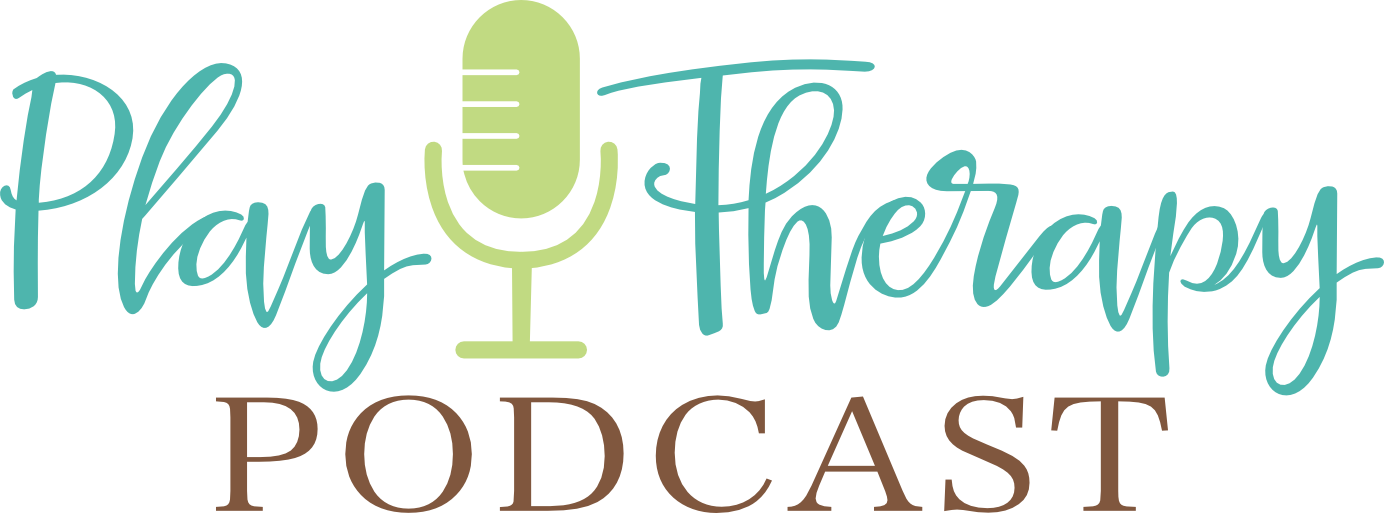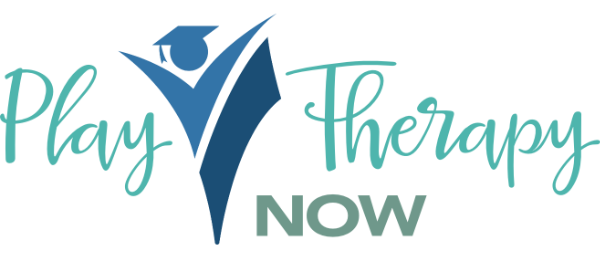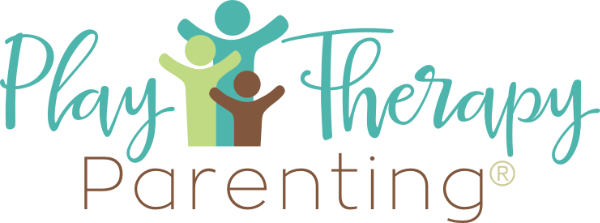CCPT Purism: The Paradox of Non-Directive but Highly Structured
In this episode of the CCPT Purism series, I unpack one of the most misunderstood truths about Child-Centered Play Therapy: that while it’s non-directive, it is also deeply structured and intentional. I walk through the intentional ways structure shows up in CCPT—not as control over the child, but as a consistent framework that allows the child to feel safe enough to lead. From the playroom setup to our consistent language, tone, and limit-setting process, structure is what allows healing to happen.
I also explore the internal framework that defines how we show up as therapists. Our regulation, neutrality, presence, and boundaries become a holding structure for the child’s work. We don’t just create structure—we become the structure. This episode is a challenge to re-examine how fully you’ve internalized the model and whether your structure is strong enough to give children the freedom they need.
PlayTherapyNow.com is my HUB for everything I do! playtherapynow.com. Sign up for my email newsletter, stay ahead with the latest CCPT CEU courses, personalized coaching opportunities and other opportunities you need to thrive in your CCPT practice. If you click one link in these show notes, this is the one to click!
If you would like to ask me questions directly, check out www.ccptcollective.com, where I host two weekly Zoom calls filled with advanced CCPT case studies and session reviews, as well as member Q&A. You can take advantage of the two-week free trial to see if the CCPT Collective is right for you.
Ask Me Questions: Call (813) 812-5525, or email: [email protected]
Brenna’s CCPT Hub: https://www.playtherapynow.com
CCPT Collective (online community exclusively for CCPTs): https://www.ccptcollective.com
Podcast HQ: https://www.playtherapypodcast.com
APT Approved Play Therapy CE courses: https://childcenteredtraining.com
Twitter: @thekidcounselor https://twitter.com/thekidcounselor
Facebook: https://facebook.com/playtherapypodcast








